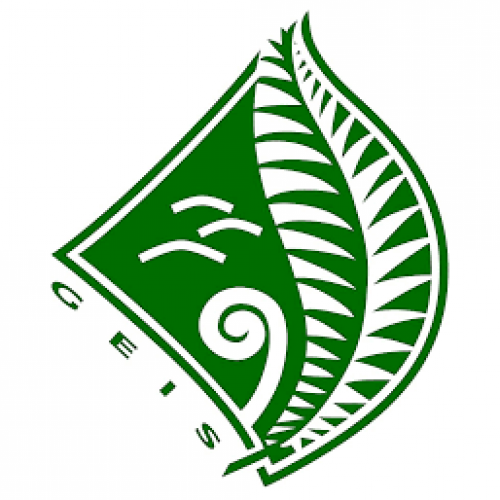
Piha Visit Auckland Museum
Piha Mini School visit the museum as part of their learning in Term 1. Check out some recounts of the day below by Piha students :)
Museum Trip
In the early days of March, Piha Mini School took a trip to the Auckland War Memorial Museum to further our knowledge on the early New Zealanders settlers and immigrants. We had done immersion in the Piha classrooms, but we believed that going to the museum could teach us more and help us to fully understand the series of events leading to the New Zealand we know today.
There, we were taught about Kupe, the first person to find Aotearoa. Kupe was a great chief of Hawaiki or, as we know it now, Tahiti. Over a few months, Kupe realized that he wasn’t catching many fish anymore, and it was because of a neighboring chief’s giant wheke (octopus). Kupe decided he must kill this pesky wheke, so he, his wife, Kuramarotini, and several others departed on a great canoe, Mata Hourua. They chased the wheke all over the planet, even reaching South America! One day, in the distance Kuramarotini spotted a great white cloud in the sky. She was a scientist, instantly determining there was land there. When the land gets hot, water evaporates, and freezes in the sky; hence; clouds. Kuramarotini named the land “ Aotearoa, the land of the Long White Cloud”.
We also got to observe and try some of the materials they used. We got to see some obsidian, which they used to create brittle, but sharp knives, and flute made from wood to be played by your nose, and the wooden drill made of simply just wood and rope. It was fascinating to see how common household things now were like back then, and the differences between them.
After a short morning tea break, we split into groups and explored the rest of the museum. We saw the volcano room with a fire proximity suit worn by a volcanologist, a model of a person from Pompeii, and a live simulation of what a volcano eruption would feel like. After that, we went to the dinosaur exhibit, and saw fossils and models made of real dinosaur bones. In the Weird and Wonderful exhibit, we saw what our fingerprints and hair strands looked like in the microscope, and in the World Wars exhibit we heard real lines taken from video clips or radio transmissions from pilots flying fighter planes.
Overall, our museum trip was really educational and also really fun. It was a new way of learning, which taught us while letting us explore and piece together information by ourselves. I personally enjoyed it very much and can’t wait to continue this topic of inquiry.
By Zahraa Karachiwala Room 9
Over the first few days of March, classes from all over Piha Mini-School paid a visit to the Auckland War Memorial Museum. This was so that we would learn a bit more about New Zealand History that we could introduce and use into our learning when we get back to school and include it in our classwork. In the Museum, we learnt a whole lot about the way that people migrated to New Zealand, how obsidian was discovered, and even how many real bones were in the Tyrannosaurus Rex that was being displayed. Overall it was a fun and interesting day.
When we arrived at the Museum, the first thing that we learned was about how Kupe discovered our home - Aotearoa. Kupe was a Polynesian explorer, Fisherman, navigator, and great rangatira of Hawaiki, who has been acknowledged as the first human to discover New Zealand. Kupe’s fishing grounds were being troubled by an octopus, who kept eating all the bait off the fishermans line. Deducing that the octopus belonged to another chief, Muturangi, Kupe asked Muturangi to stop his pet from eating their bait. When Muturangi refused, Kipe vowed to kill the beast.He left his homeland and pursued the beast across the Pacific Ocean. During the pursuit he discovered New Zealand, where they landed to re-supply. A great sea battle with the Octopus ensued at the mouth of Te Moana o Raukawa (Cook Strait), where Kupe finally killed Muturangi’s pet.
obsidian, igneous rock occurring as a natural glass formed by the rapid cooling of viscous lava from volcanoes. Obsidian is extremely rich in silica (about 65 to 80 percent), is low in water, and has a chemical composition similar to rhyolite. Obsidian has a glassy lustre and is slightly harder than window glass.In ancient times, obsidian was used for cutting tools and weapons, like blades and arrowheads. Well-crafted obsidian blades can be as sharp as surgical steel scalpels. Today, obsidian is used as a gem or ornamental stone. Obsidian is always completely black.
Overall, Our day has been an amazing experience at the Auckland War Memorial Museum. We have learned a whole heap of knowledge and we are excited to put that knowledge to use.
By Betty Hailu Room: 09
Gallery










